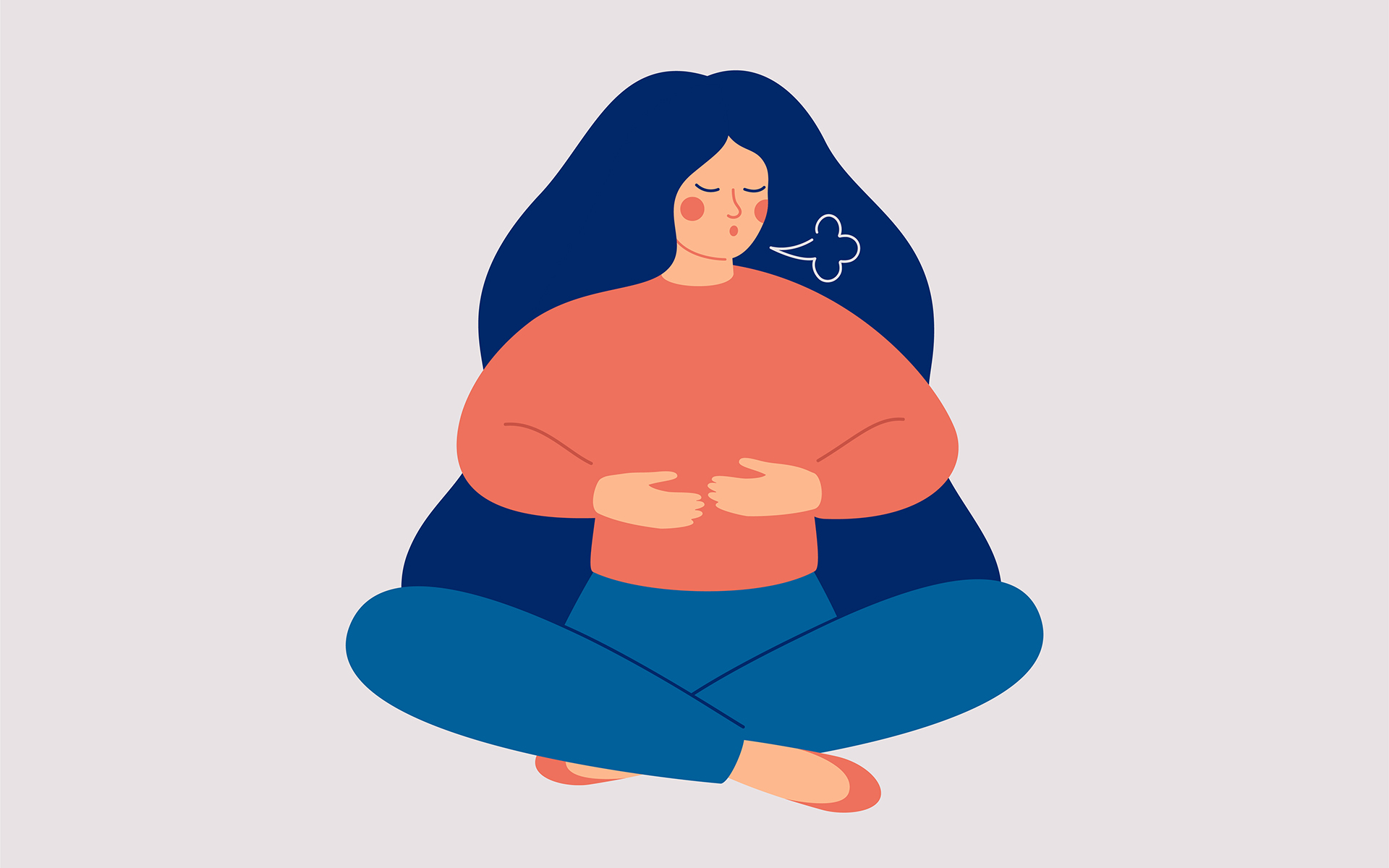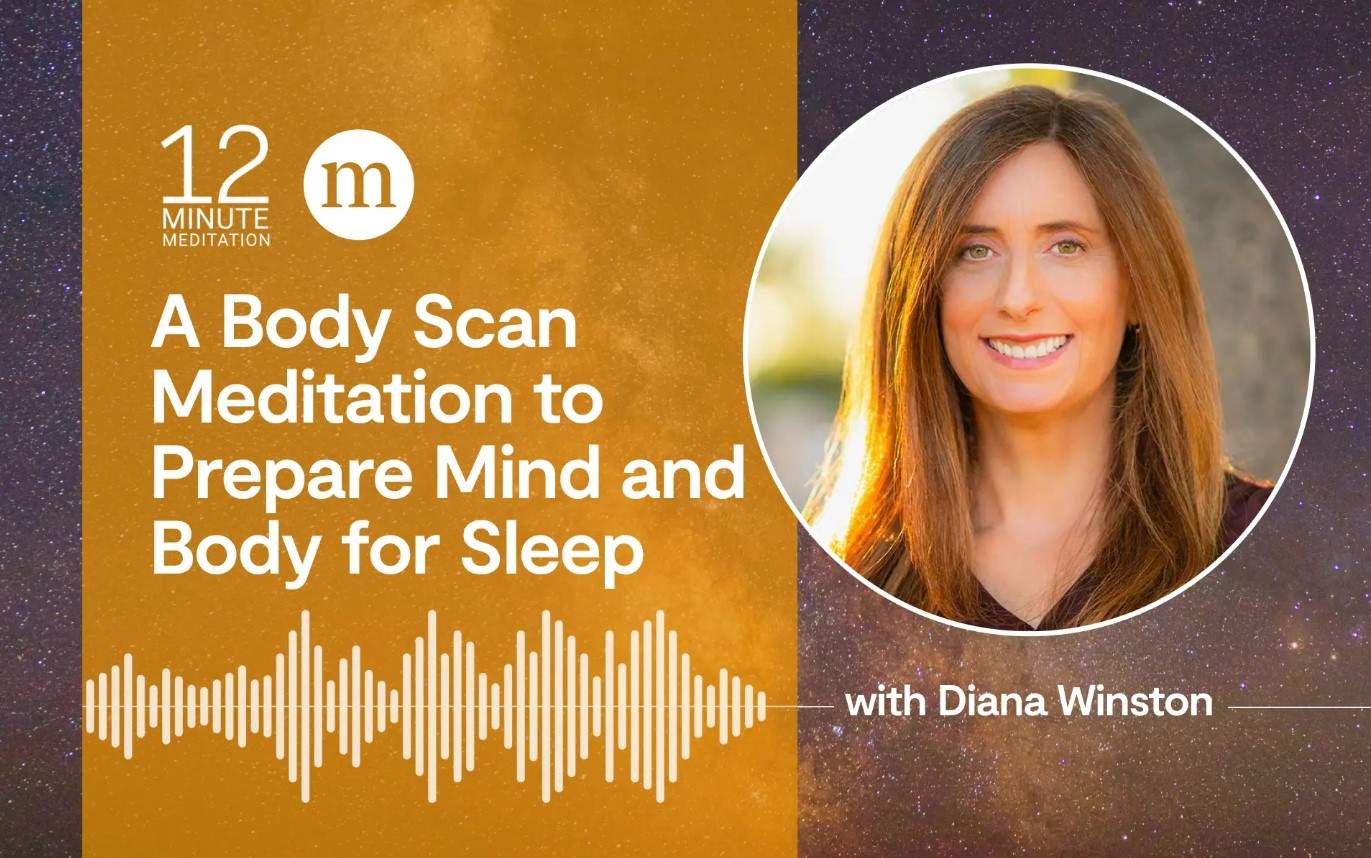A Simple Introduction, A Busy Mind
At a small-town chamber of commerce meeting in rural California, I arrived with my neighbor Nancy to join as a new member. The greeter asked how to introduce me, and I offered the simplest version: Nancy’s friend, local for twenty years. We took our seats, and Nancy suggested I sit at the aisle so it would be easy to stand when called.
In that ordinary moment, my mind got to work. Not a panic—just a noticeable hum of self-consciousness. Would I be called first? Was I underdressed? Should I have explained why it took twenty years to join? In seconds, a minor task—stand, smile, sit—became a mini-project in image management.
I remembered Joseph Goldstein quoting Wei Wu Wei years ago: “If there is anyone at home to suffer, they will.” Five minutes earlier I was just one of many relaxed people milling into the hall. Now, mental habits had created a problem where none existed.
I was called first. I stood, smiled, sat. The room applauded. Relief flooded in—and I noticed how good it felt to be acknowledged for simply being a person.
The Spotlight Effect: When We Over-Manage Ourselves
As the introductions continued, some people needed coaxing to stand; others blushed. It’s a big deal to be seen. Our minds try to control how we appear, even in low-stakes moments. That effort can generate avoidable stress—proof of how the spotlight effect (overestimating how much others notice us) hijacks attention.
Applause for Being Human: The Relief of Belonging
What struck me wasn’t the content of the introduction but the warmth of inclusion. Being noticed and gently applauded for simply showing up lifted a surprising weight. The recognition wasn’t about performance; it was about belonging.
“There I Am!”—Photos, Self-Judgment, and Connection
A week earlier, after a yoga and mindfulness retreat I was teaching, a participant quietly shared a slide show of candid photos. The room erupted with delight: “There I am!” “There you are!” I watched several times, tracking my own praise-and-blame thoughts—good angle, bad angle—as my image appeared. Others voiced the same.
Seeing ourselves can spark self-judgment, yet it also lights up our sense of connection: I’m part of this group. Being seen carries both risk (“If there is anyone at home to suffer…”) and reward—the reminder that we’re not isolated in worry, but held in friendship.
Mindful Ways to Meet Social Self-Consciousness
Name it kindly. “Ah, planning mind is here.” Noticing interrupts spirals.
Right-size the moment. Ask: What’s actually required? (Stand, smile, sit.)
Shift from me to we. Savor others’ introductions and successes; let belonging share the load.
Feel the body. Ground attention in breath, feet, and posture to settle the nervous system.
Let applause land. Practice receiving goodwill without deflecting or explaining.
Belonging Over Performance: From Worry to Friendship
The mind will sometimes overthink being seen. Mindfulness invites a gentler option: be present, belong, and let the moment be simple. We can acknowledge the surge of self-talk, feel the genuine lift of being welcomed, and return to connection—friendship over performance, presence over perfection.






